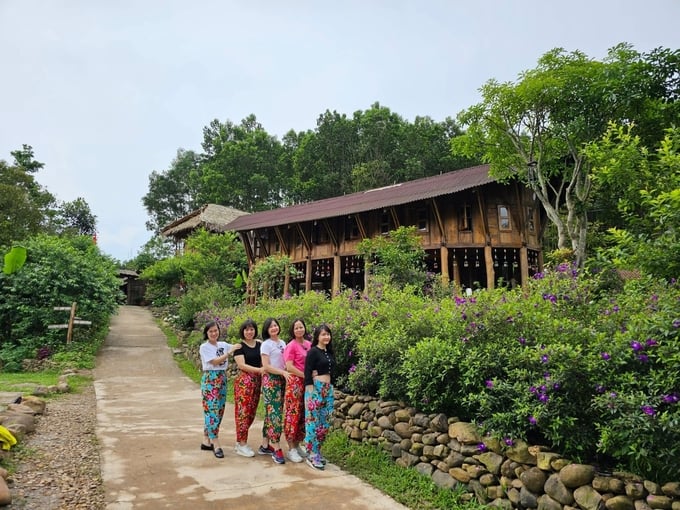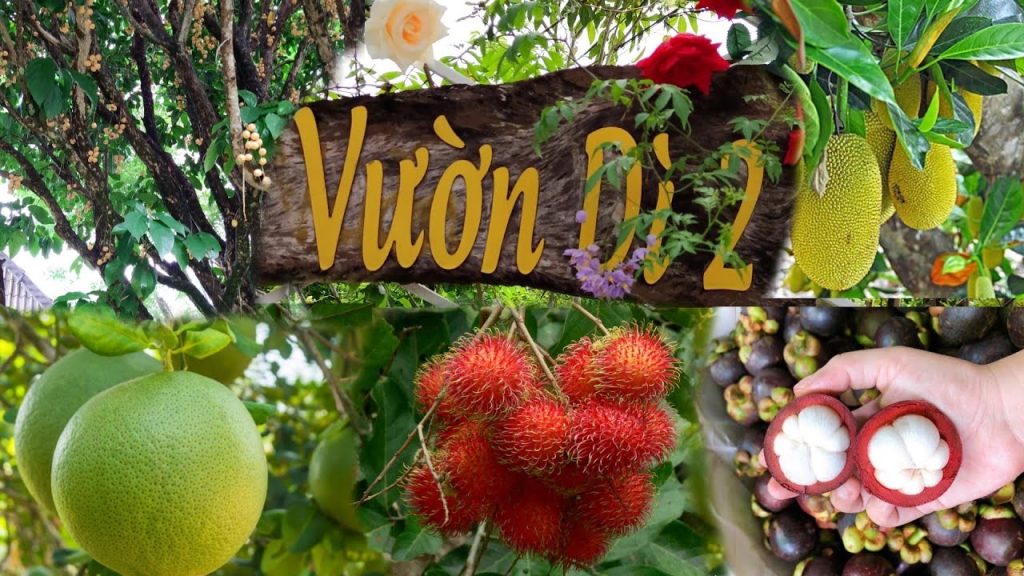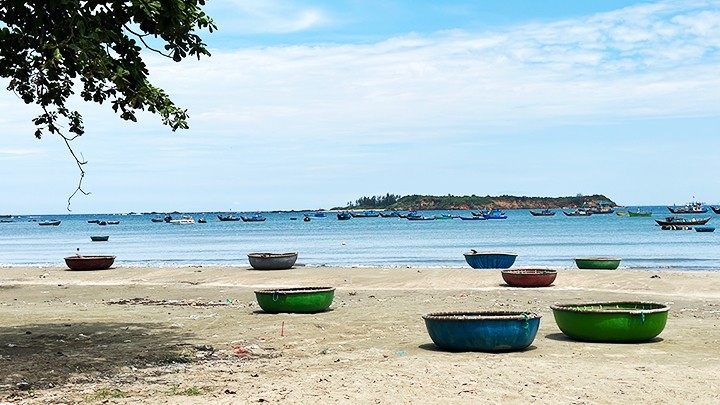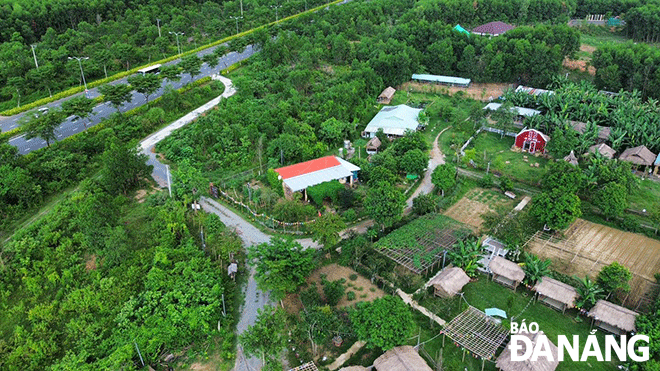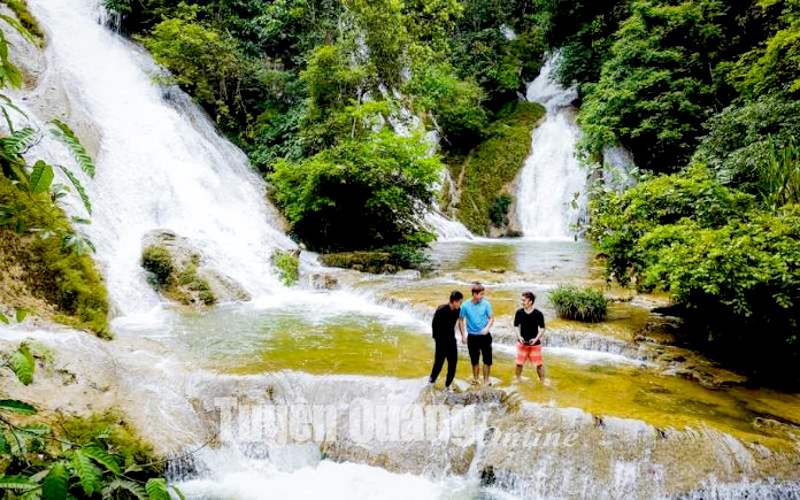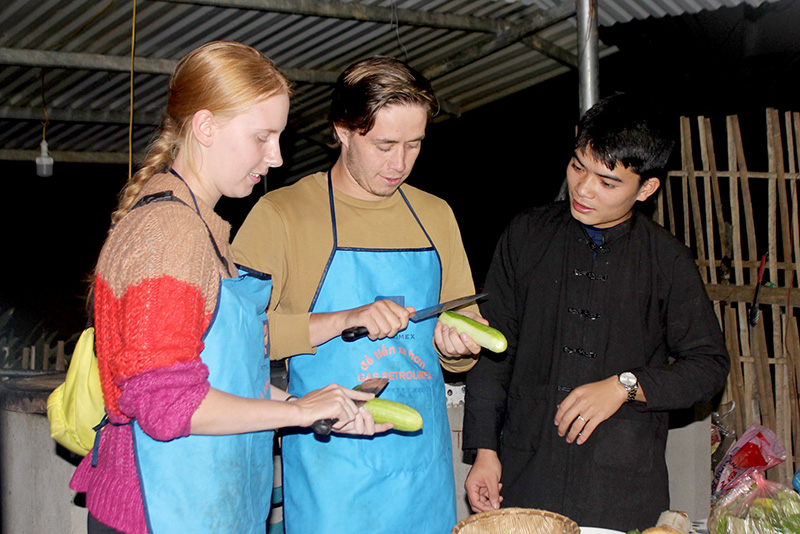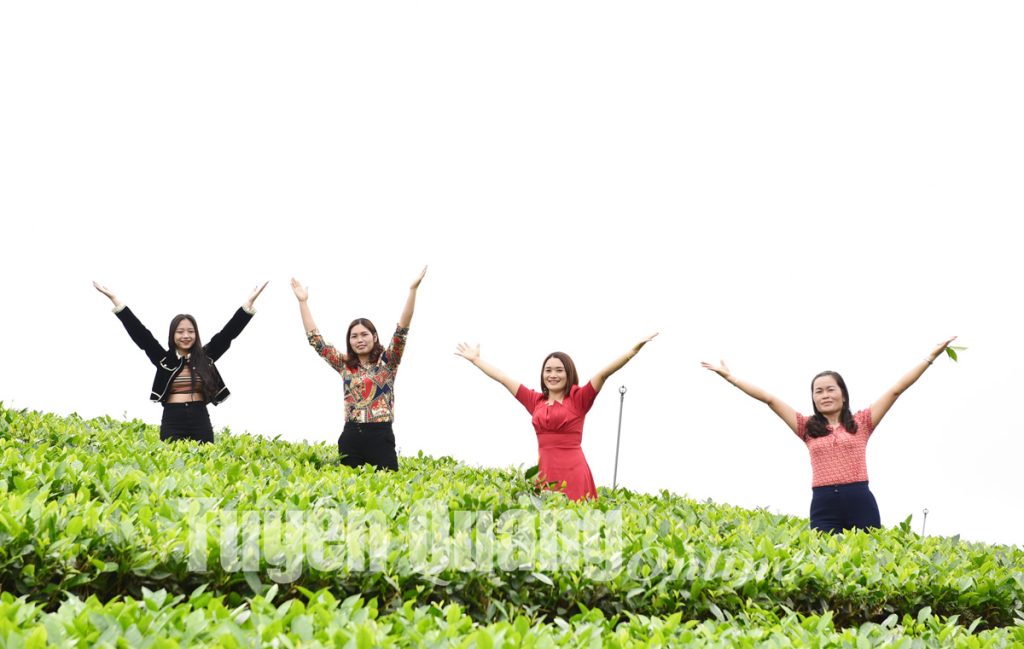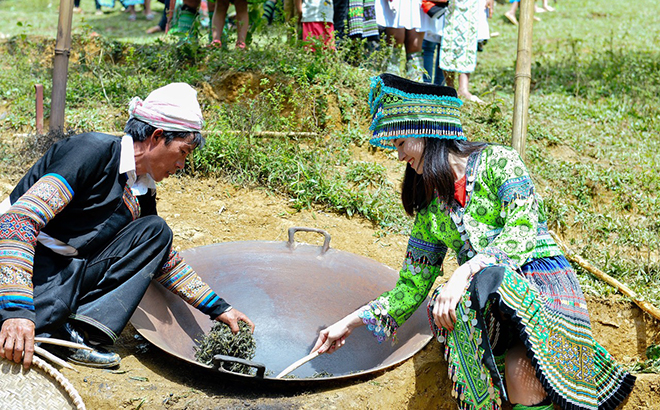(TITC) – From majestic stone plateaus to flower – filled valleys, Ha Giang captivates visitors not only with its stunning natural beauty but also with the ingenuity of its people – turning potential into rural tourism. Thanks to proactive leadership and effective implementation of macro – level policies, Ha Giang is emerging as a shining example of sustainable rural tourism in Vietnam. Local livelihoods are steadily improving, and cultural heritage is being preserved and celebrated.
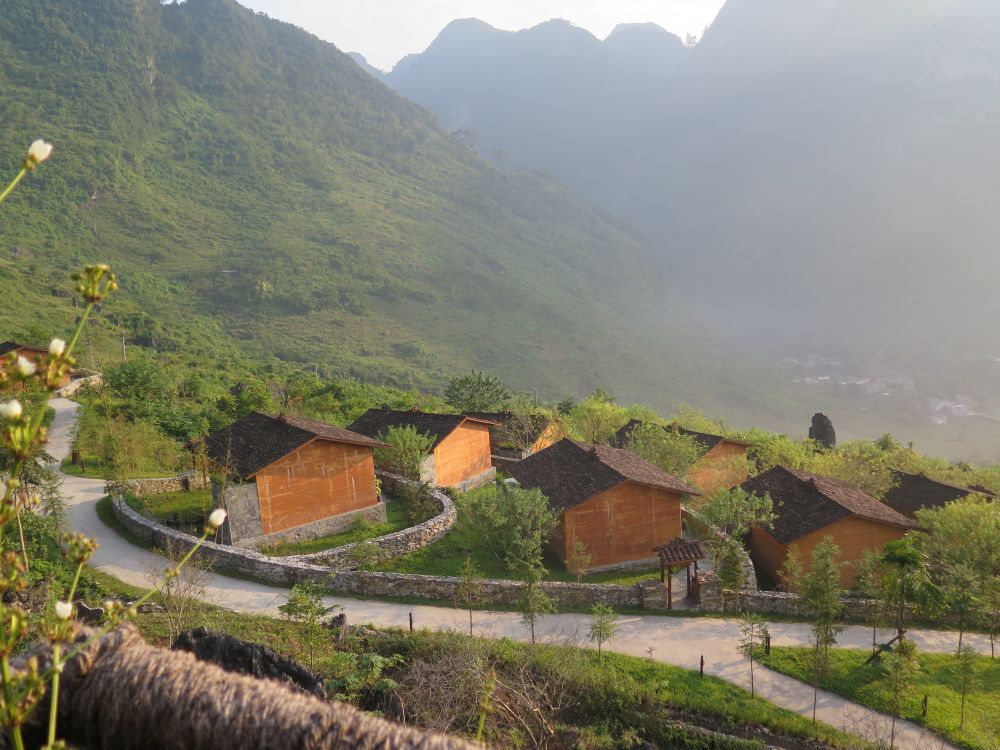
The true charm of Ha Giang’s rural tourism lies not only in its landscapes, but also in its vibrant indigenous culture and traditional craft villages. The province has skillfully transformed these intangible assets into compelling tourism products, generating both income and community pride.
Preserving the Mong People’s Linen Weaving Tradition
In villages like Lung Cu and Lung Tao (Dong Van District), tourists can experience the ancient craft of linen weaving and natural indigo dyeing. Local artisans guide visitors through the process, allowing them to create their own handcrafted items. Linen products such as handbags, scarves, and traditional garments are available for purchase – many of them made right in the village.
Traditional Cuisine: Corn Wine, Thắng cố, and Mèn mén
Community – based tourism sites often organize culinary experiences showcasing traditional dishes. Guests can participate in the production of corn wine and help prepare iconic local specialties like thắng cố (a traditional stew) and mèn mén (steamed cornmeal), enjoying a hands – on, immersive culinary journey.
Festivals and Living Traditions
Major cultural events such as the Gầu Tào Festival (of the Mong people), the Lồng Tồng Festival (of the Tay people), and the Khâu Vai Love Market have been carefully preserved and integrated into tourism offerings. Local residents play an active role as cultural subjects, not just performers, lending authenticity and vibrancy to each celebration.
Architectural Heritage: Rammed – Earth and Stilt Houses
Many of Ha Giang’s homestays are renovated from traditional ethnic minority homes, preserving original architecture and using local materials. Staying in these homes allows visitors to experience the daily life, customs, and living spaces of the Mong, Tay, and Dao people firsthand.
Buckwheat Flowers – A Symbol of Ha Giang
The buckwheat flower has become a signature image of Ha Giang, attracting millions of visitors each blooming season. Beyond its visual appeal, the province has developed a variety of products made from buckwheat – cakes, wine, and seeds – which now serve as popular, high – value local specialties.
Ancient Shan Tuyet Tea
Tea – growing regions like Hoang Su Phi and Vi Xuyen offer breathtaking views and immersive experiences. Tourists can take part in hand – picking and processing the famous Shan Tuyet ancient tea, which has become a luxurious and sought – after gift.
Dong Van Mint Honey
A standout OCOP (One Commune, One Product) item, Dong Van mint honey is both a local delicacy and a tourism draw. Visitors can tour bee farms, observe the honey harvesting process, and buy fresh products directly from producers. Thanks to tourism promotion, the value of mint honey continues to rise.
Local Specialties: Dried Beef and Smoked Sausage
Traditional livestock products like air – dried beef and smoked sausage, prepared using ethnic minority recipes, are now packaged and sold as souvenirs. These items contribute to new value chains for local agriculture and rural economies.
Experiential Agriculture
Several rural destinations offer seasonal agricultural experiences such as rice planting in Hoang Su Phi during the flood season, tea leaf picking, and harvesting local vegetables and fruits. These hands – on activities help tourists gain a deeper understanding of farmers’ daily lives and labor.
From arid rocky hills to lush terraced fields, from centuries – old crafts to emerging specialty products, Ha Giang is blooming – not just in natural beauty, but also in the quality of life and cultural pride of its people. This remarkable transformation illustrates a promising and sustainable path for the future of rural tourism in Vietnam’s northern mountains.
Tourism Information Technology Center

